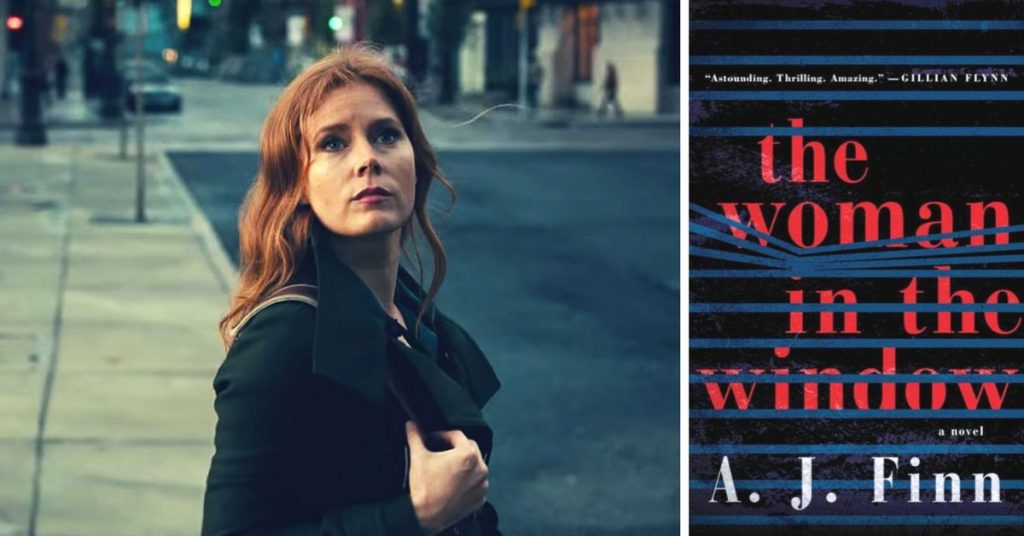Susan Granger’s review of “The Woman in the Window” (Fox 2000, Netflix)
Occasionally, there’s a book-to-film adaptation that is an utter disaster. Netflix’ “The Woman in the Window” is one.
Based on A.J. Finn’s 2018 best-seller, it’s set on Manhattan’s Upper West Side in the huge home of Anna Fox (Amy Adams), a child psychologist who became agoraphobic after a traumatic accident.
Since she’s terrified go outside, Anna spends hours popping pills, sipping red wine and looking out of the windows when she’s not whining to her therapist (screenwriter Tracy Letts) and confronting her basement tenant, David (Wyatt Russell, Kurt’s son).
Shortly after new neighbors move in across the street, Anna thinks she sees a murder being committed there and calls 9-1-1.
When confronted by an NYPD detective (Brian Tyree Henry), the husband, Alistair Russell (Gary Oldman), denies there’s a problem. But when his troubled teenage son Ethan (Fred Hechinger) visits, Anna’s convinced he’s an abused child.
Then, an edgy woman (Julianne Moore) appears, claiming to be Ethan’s mother. Anna identifies her as the well-known artist ‘Jane Russell,’ as they genially gab and drink.
Soon after, Anna hears a scream and thinks she sees Jane being murdered. When the police arrive again, angry Alistair strongly protests, introducing his wife Jane (Jennifer Jason Leigh), who’s obviously alive. Which leaves us to wonder: Is Anna hallucinating?
So what went so disastrously wrong with this psychological thriller?
First, Dan Mallory – a.k.a. novelist A.J. Finn – was accused of various deceptions, including plagiarism; it’s obvious he was strongly influenced by Alfred Hitchcock’s “Rear Window” (1954). Then British director Joe Wright was blamed when disappointing test screenings revealed that audiences were totally confused; rewrites and reshoots were necessary.
Having read the novel, I knew the plot but, on-screen, it’s totally convoluted, amplified by Amy Adams’ intense performance.
FYI: Anna watches clips from “Laura” (1944), “Spellbound” (1945) and “Dark Passage” (1947). Plus, it’s reminiscent of “Witness to Murder” (1954), when Barbara Stanwyck played a woman whose sanity is questioned after she sees a man murder a call girl.
On the Granger Gauge of 1 to 10, “The Woman in the Window” is a thudding 3. Even Windex couldn’t clarify it.

